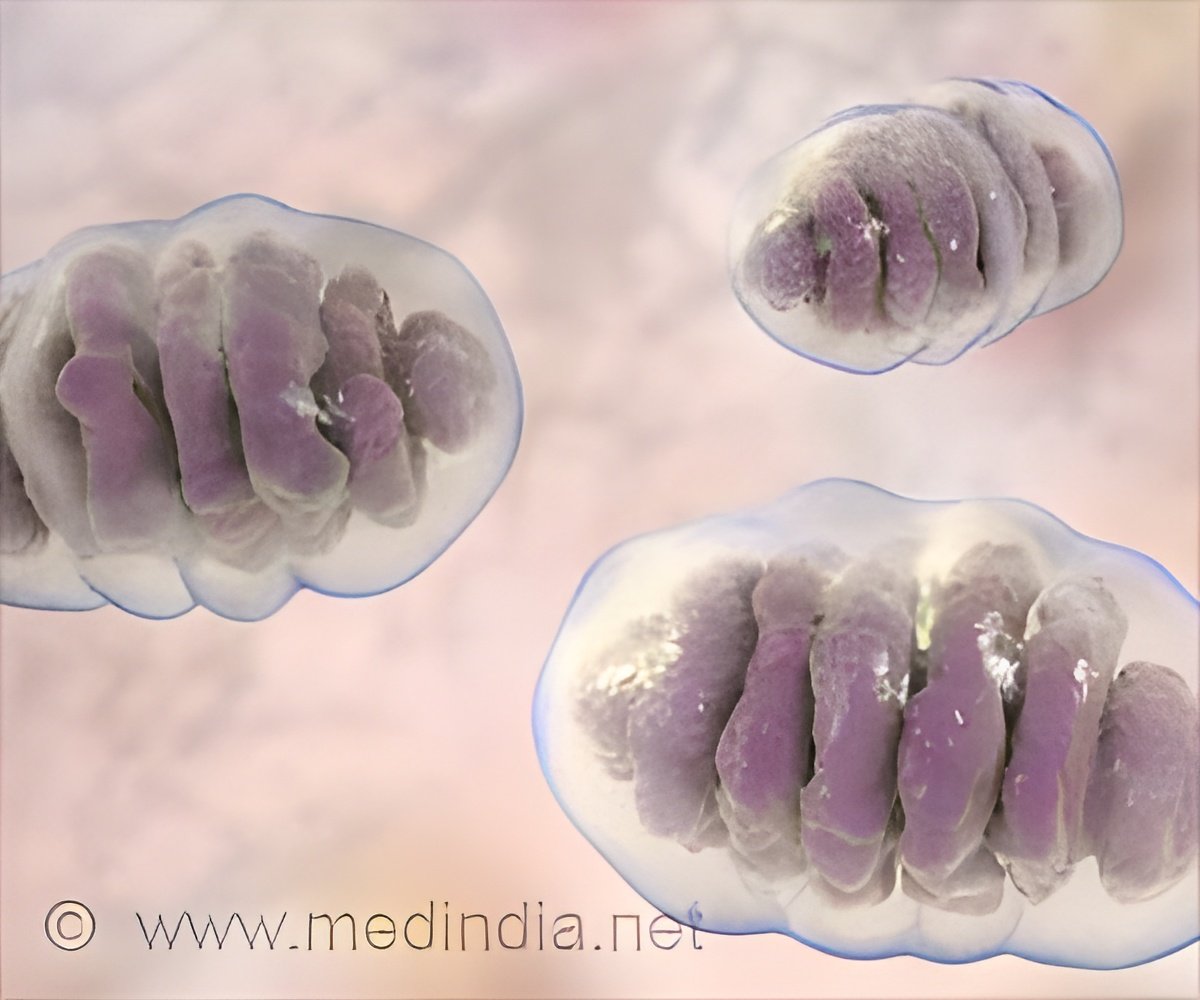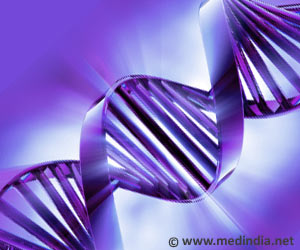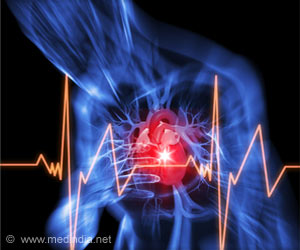Genetic variants in the DNA of mitochondria could increase the risk of developing these conditions, as well as influencing characteristics such as height and lifespan.

‘Mitochondria are the 'batteries' that power our cells. It is shown to play an unexpected role in common diseases such as type 2 diabetes and multiple sclerosis The genetic variants in the DNA of mitochondria could increase the risk of developing these conditions, as well influence characteristics such as height and lifespan.’





The entire DNA that makes up the human genome - the body's 'blueprint' - is contained within the nuclei of our cells. It was found that genetic variants in the DNA of mitochondria could increase the risk of developing these conditions, as well as influencing characteristics such as height and lifespan. The unique characteristics of an individual as well as the proteins that do most of the work in our bodies are coded by nuclear DNA.
The mitochondrial DNA makes up only 0.1% of the overall human genome and is passed down exclusively from mother to child. While errors in mitochondrial DNA can lead to so-called mitochondrial diseases, which can be severely disabling until now there had been little evidence that these variants can influence more common diseases.
Diseases Implicated by Mitochondrial Dysfunction
The present study has developed a new technique to study mitochondrial DNA and its relation to human diseases and characteristics in samples taken from 358,000 volunteers as part of UK Biobank, a large-scale biomedical database and research resource. "Using this new method, we've been able to look for associations between the numerous features that have been recorded for participants of UK Biobank and see whether any correlate with mitochondrial DNA. Aside from mitochondrial diseases, we don't generally associate mitochondrial DNA variants with common diseases. But what we've shown is that mitochondrial DNA - which we inherit from our mother - influences the risk of some diseases such as type 2 diabetes and MS, as well as a number of common characteristics," , says Dr. Joanna Howson, who carried out the work while at the Department of Public Health and Primary Care at the University of Cambridge.
Advertisement
The mechanism of mitochondrial DNA has several possible explanations. One is that changes to mitochondrial DNA lead to subtle differences in our ability to produce energy. Thus the study explored the possible mechanisms that underlie these diseases and find new ways to treat them.
It was that certain nuclear genetic backgrounds are associated preferentially with certain mitochondrial genetic backgrounds, particularly in Scotland, Wales, and Northumbria. This lays the fact that our nuclear and mitochondrial genomes have evolved - and continue to evolve - side-by-side and interact with each other.
Nuclear DNA and Mitochondrial DNA
The need for compatibility is the one possible reason for this. ATP is produced by a group of proteins inside the mitochondria, called the respiratory chain. There are over 100 components of the respiratory chain, 13 of which are coded for by mitochondrial DNA; the remainder is coded for by nuclear DNA.
Even though two different genomes are required for the production of proteins in the respiratory chain, the proteins need to physically interlock like pieces of a jigsaw. If the mitochondrial DNA inherited by a child was not compatible with the nuclear DNA inherited from the father, the jigsaw would not fit together properly, thereby affecting the respiratory chain and, consequently, energy production.
"It looks like our mitochondrial DNA is matched to our nuclear DNA to some extent - in other words, you can't just swap the mitochondria with any donor, just as you can't take a blood transfusion from anyone. Fortunately, this possibility has already been factored into the approach taken by the team at Newcastle who have pioneered this therapy," says Professor Patrick Chinnery from the MRC Mitochondrial Biology Unit at Cambridge.
Source-Medindia









